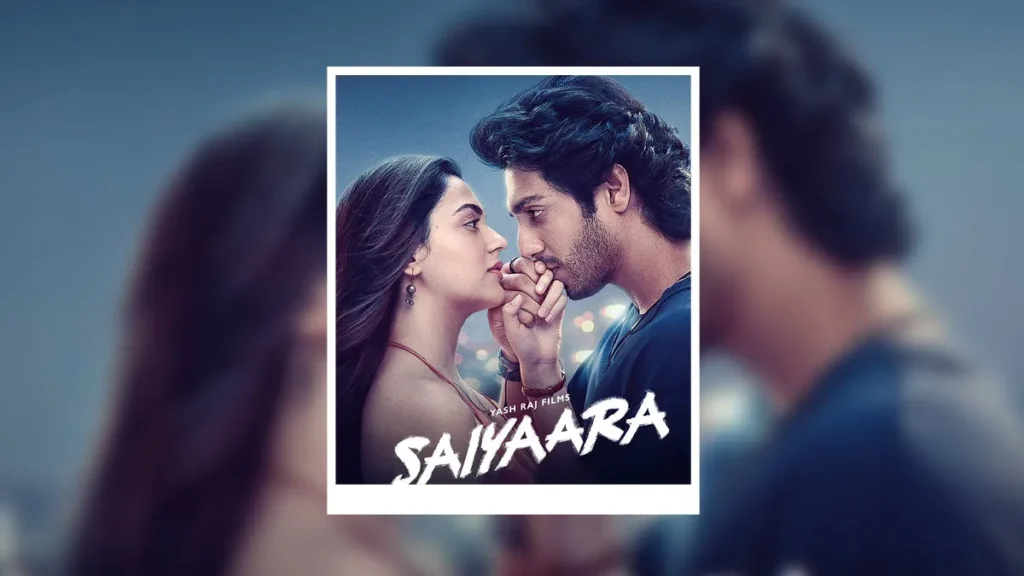It’s an understatement to say that online video content is popular. YouTube is the undisputed king of video content, with 6 billion hours of viewing each month and an average of 40 minutes of viewing every session per individual. Documentaries, news, advertising videos, educational videos, and entertainment films are all evolving on the internet.
As the average attention span shortens as a result of bite-size media suitable for Facebook, Instagram, Twitter, and Reddit, video production is evolving to stay up with consumer viewing habits.
Video doesn’t just provide a message; it also demonstrates its meaning — it’s the ultimate show-and-tell medium. The successful video transcends technology while transmitting messages as a kind of entertainment to people all over the world, twenty-four hours a day, seven days a week.
THE TOP FIVE TYPES OF VIDEOS, ALONG WITH DESCRIPTIONS AND SAMPLES, ARE AS FOLLOWS:
1. Educational Video
Educational videos are fantastic examples of how to teach and learn. Video in education allows topics to be taught more simply and recalled better than reading from a page since it uses the major senses of sight and sound.
This is thanks to’multi-modal learning’ and ‘dual-coding theory’ models, which have demonstrated that communicating with pictures and sound at the same time dramatically improves comprehension and memory of new concepts.
And the ability to demonstrate a notion through the use of editing photos from a live demonstration in the field allows the spectator to fully comprehend the concepts being demonstrated and discussed.
Educational videos will include Youtube video tutorials, Unacademy edu series and other videos on various E-learning platforms.
2. Promotional Video
With the availability of fast wireless Internet, powerful mobile devices, and businesses realising that they can afford and use video in their marketing, promotional videos have become extremely popular.
Short-length videos, relevant content, engaging style, and available where the viewer would be interested in viewing and, preferably, sharing the video with their social networks have all adapted swiftly to the habits of the current viewer.
Promotional videos are not advertising like those we see on TV commercial breaks, which is an important distinction. The spectator has the option of watching a promotional film.
In contrast to instructional and instructive videos, promotional videos are targeted towards a specific audience and speak to their needs before giving a solution and closing with a ‘call to action,’ which asks the viewer to take action.
A viewer will ideally feel that the video provided value – and it is their option whether or not they respond to the call to action – using the art of persuasion and rapport, akin to an experienced salesperson. Taking action: For promotional video marketers, a social like or share, as well as a purchase, are all frequent aims.
3. Informational Video
These are the most basic videos – straight-forward information presented as quickly as possible. Consider a newscaster providing breaking news with a brief sound bite and then quickly moving on to the next item. These films provide the ‘what’ on a topic but do not delve much deeper, leaving the ‘why’ mostly untouched (as a good educational or promotional video would show).
A good example of merely informative video is journalism. News and information videos allow you to experience the sounds and sights of current events as if you were present on the scene.
4. Documentary
“Nonfictional motion pictures intended to depict some part of reality, primarily for the purposes of instruction, education, or maintaining a historical record,” according to the definition of a documentary film. (Wikipedia). Keep in mind that most documentaries are now shot on digital rather than celluloid film, but the term “film” refers to the genre rather than the media, which is OK.
Documentaries are a popular type of film that combines entertainment and knowledge. There are three main types of documentaries: observational (or Cinéma vérité) with little or no narration, participatory (such as famous director ‘Michael Moore’ as a character participating in the events as we watch), and expository (with the narrator primarily explaining and explaining the events as we watch).
5. Entertainment
Finally, there’s the enjoyable stuff: amusing videos made only for the purpose of entertainment. The sky’s the limit here, and many of the previous video examples can also be classified as entertainment, so there’s no hard and fast rule. The scale, genre, and goal of entertaining videos can all be different. Netflix videos, online movies, YouTube video stars, video snippets, and other forms of entertainment are all included.





